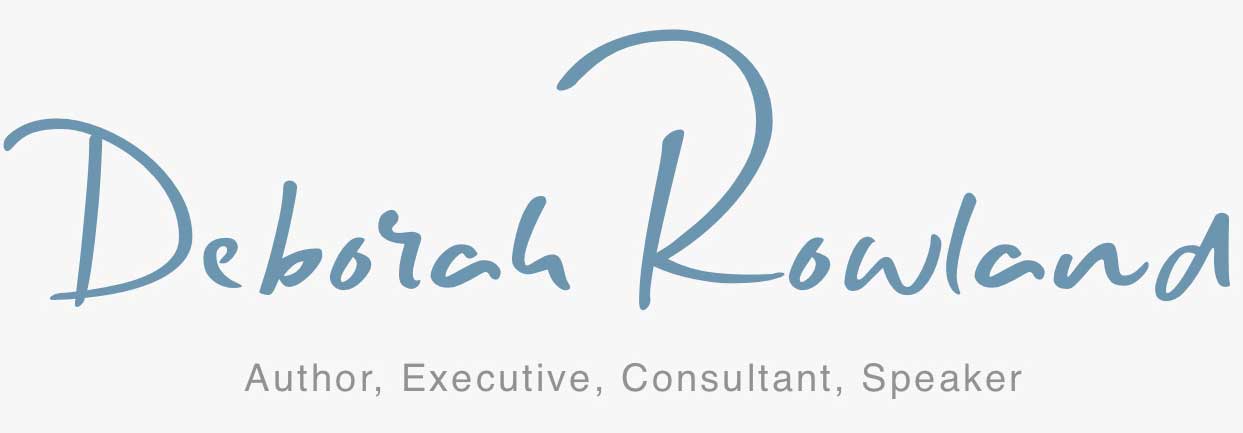Dear Mr/Mrs/Miss/Ms CEO
I can imagine what it must be like to be in your shoes right now, facing the most pressing leadership challenge of our era: how to lead ongoing change in an age of disruption and uncertainty. Do you ever find yourself pondering about how to build the capacity of your organisation to operate in this now-required state of continual adaptation?
Just take a look around us at the current state of play. Digital technological innovation, in particular, and the associated rise of social media platforms, has been just one unquestionable market disrupter. Who is the “Uber-equivalent competitor”, for you? In this increasingly unpredictable and interconnected world, in which lateral peer-to-peer networks appear a stronger influencing mechanism on change than the traditional, formal, vertical hierarchy, the average time a company stays on the Standard & Poor index is now just 17 years, down from 75 in the middle of the last century. If you don’t continually innovate, you could be out.
Why can’t we go on leading our companies as we have? Why do we need to change how we change – and now? Okay the pace of change is accelerating, its complexity and systemic nature now make it hard to unilaterally control, and our traditional organizational structures are just plainly unfit for 21st century agility, but I sense, above all else, that people are increasingly fed up with how the world is being run. We see that in the rise of “populism” and its backlash against the political and corporate elite who, in the still post economic crisis austerity world, are frequently deemed to be just feathering their own nest. If CEO’s lose the trust of society, what is your mandate to lead? The era in which big leaders in traditional institutions could unilaterally dictate to other members of society what was best for them, is over.
What’s more, if we don’t get a better grip on how we lead ongoing change -- acting responsibly, harnessing new technologies and collaborating across borders -- our very planet’s survival is at stake.
So, what are the biggest questions I believe you need to address? I have two. First and foremost, what is the most successful approach to the implementation of change in today’s world – where top down dictates and planned, predictable linear change programs no longer cut it? Second, what are the leadership skills that you and your top team need to cultivate in order to build the capacity of your organization to be in a constant state of change?
Addressing the first question, I ask that you attend equally to the how, or your process for change, as you do to the what, your change solution. Your choice of approach really is fateful. It will determine where you end up. My research suggests that an emergent change approach is most suited to today’s world. This approach sets just a loose intention, a few “hard rules” that guide people’s behavior, but then reduces formal hierarchy and centrally run programs and instead allows for self-organization and empowered local innovation – particularly at the boundary of your organization where it meets novelty. Emergent change also moves step-by-step in a trial-and-error way. So give up your fixed grand plans. Stay nimble!
And then the question of your – and your team’s – change leadership skill. I have found that a skillful combination of “fierce naming of reality” and the provision of non-anxious, affirming leadership – where difficult conversations are not avoided and people feel safe to take risk – is the number one practice you have to do. But it doesn’t stop there. My research has shown that this outer practice needs to be anteceded by a certain inner quality of being as a leader. When you are mindfully able to notice and regulate your mental and emotional states, you will draw from a deep still well of calmness, resourcefulness and non-ego-led courage that enable you to approach ongoing turbulence and challenging conditions with discernment and poise. Get and give feedback within your top team on these skills.
Leading big change in today’s world is not for the faint hearted. It is for the bold and big hearted. Our world is getting increasingly unpredictable, dynamic and interconnected. This makes change endemic, fast paced, systemic and complex. Leading such volatility requires a certain type of leadership, one that not only acts boldly, able to absorb personal risks and attack, but also holds humanity at its core.
Above all else, look after yourself. Find those spaces of stillness to recharge the batteries – even if that is just a 30’ walk outdoors at lunchtime. I wish you well!
Deborah Rowland
P.S., Oh, and you might like to pick up my latest book, Still Moving: How to Lead Mindful Change, now out with Wiley.

